Clancy Tucker's Blog, page 121
March 31, 2019
1 April 2019 - SUBMERGED GONDOLA IN THE BALTIC SEA
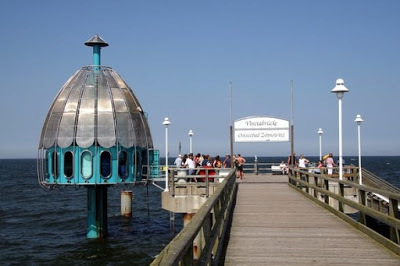
SUBMERGED GONDOLA IN THE BALTIC SEA
G'day folks,
Located on the Isle of Usedom in Zinnowitz, Germany, what looks like an Art Nouveau gazebo is actually the world’s first “Tauchergondel,” or Submerged Gondola.
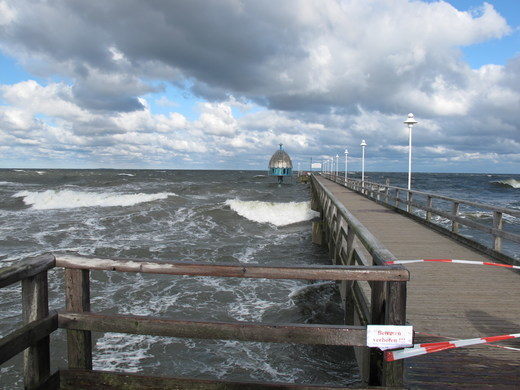
The submerged gondola made its first dive in 2006. Fixed to a metal pillar ten meters deep in the Baltic Sea, the gondola slides up and down like an elevator. To overcome the buoyant force of about 50 tons, the pressure-resistant cabin weighs 45 tons and is powered by two electric engines.
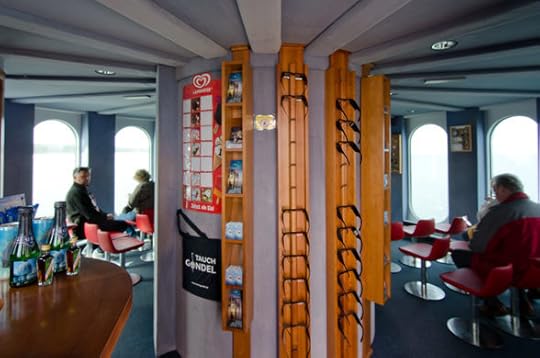
The “Tauchergondel” was installed off a pier in Zinnowitz. The cabin seats 24 people, and houses a small shop that sells souvenirs and drinks, as well as a 3D theater. Through the windows all around the cabin, the guests can have a look into the underwater world. As the water in the Baltic Sea is very rich of plankton, the visibility conditions are often less than crystalline. This is why, during the approximate dive of 40 minutes, the 3D cinema on board shows educational 3D films which bring the guests to tropical coral reefs, schools of sharks, giant cuttlefish and sea monsters, but also explain the biology of the Baltic Sea.
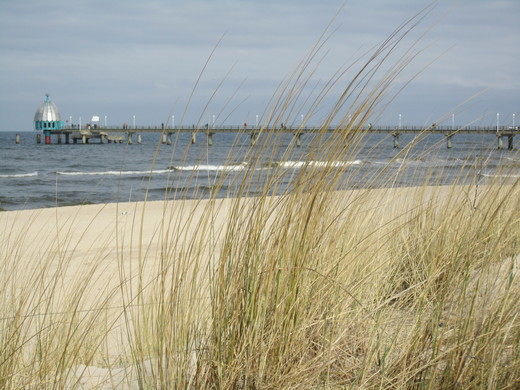
It was designed by local architect and engineer Andreas Wulff, who plans to install more Submerged Gondolas all over the world, to offer people everywhere a view of the underwater world. He has installed three larger gondolas elsewhere in Germany, and projects in Poland, Sweden, Croatia, China, and along the Mediterranean coast are in the works. All his submerged gondolas have the technical equipment for dives down to 8 meters in their respective waters.

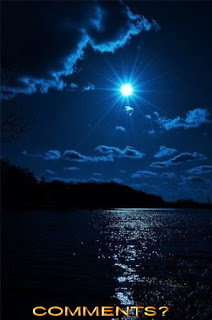
Clancy's comment: Wow. What next, eh?
I'm ...


Published on March 31, 2019 14:40
March 30, 2019
31 March 2019 - QUOTES TO INSPIRE YOU

QUOTES TO INSPIRE YOU
G'day folks,
Time for some inspiring quotes to send to folks who might need them.



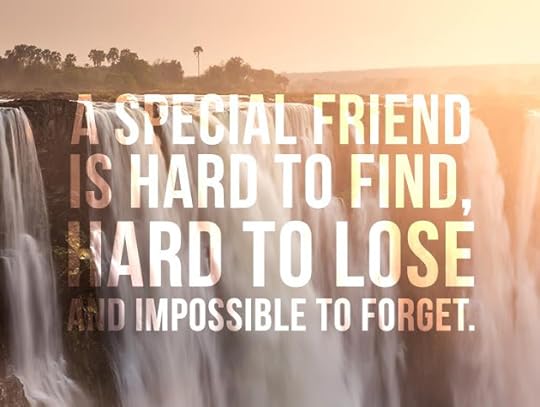
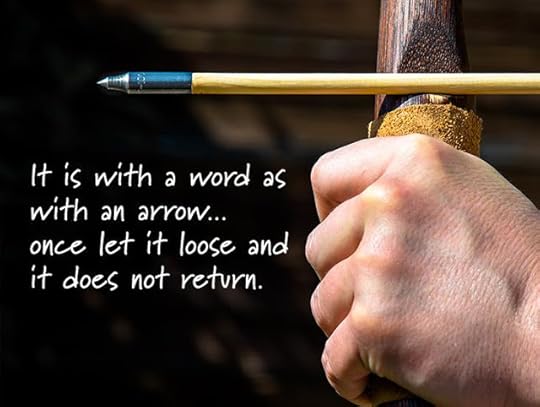
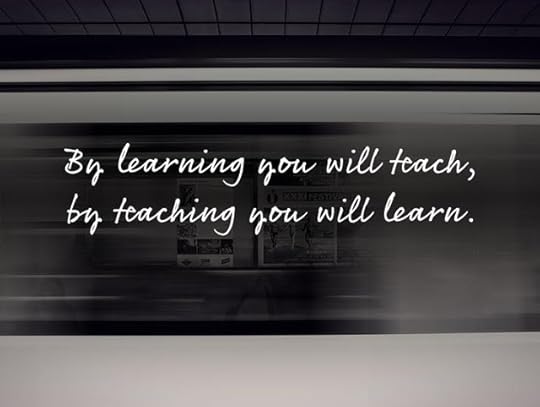



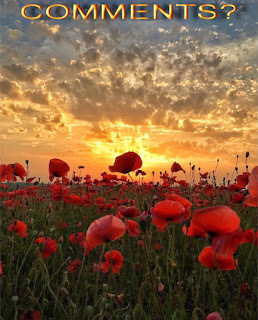
Clancy's comment: Send them on if you think they will give someone a lift.
I'm ...


Published on March 30, 2019 15:46
March 29, 2019
30 March 2019 - Abandoned City of Pripyat
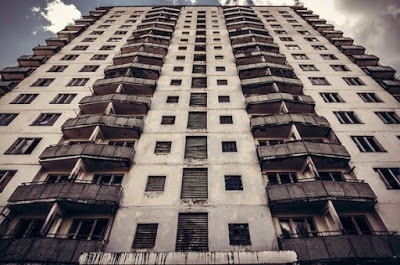
Abandoned City of PripyatG'day folks,
The ghost town left by the worst nuclear disaster of all time is being taken over by nature and urban explorers.
When one thinks of Chernobyl, a vacation spot is certainly not the first thing to come to mind. However, more than three decades after the terrible reactor meltdown, tours of the contaminated towns surrounding the infamous reactor are gaining in popularity.

On April 26, 1986, during a test to see how much power was needed to keep the No. 4 reactor operating in the event of a blackout, the No. 4 reactor of Chernobyl Nuclear Station exploded causing fire, which lead in next days to huge damage of the building, releasing extremely dangerous amounts of radioactive chemicals into the air, which over time contaminated millions of square miles in dozens of European nations. The IAEA estimates that approximately 30 people were killed by the explosion and related radiation exposure, with several thousand additional deaths due to higher cancer incidence possible over the long term.
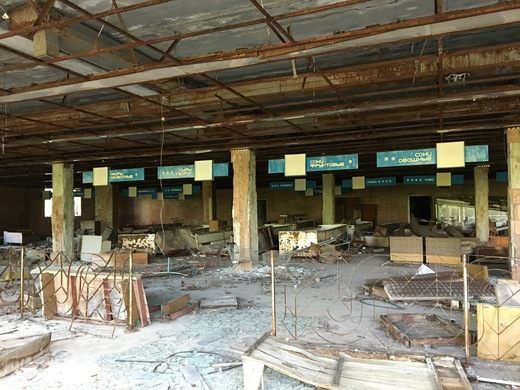
The town closest to the No. 4 reactor was Pripyat, a city of 49,000 founded in 1970 to house workers from Chernobyl. It had 15 primary schools, a large hospital complex, 25 stores, 10 gyms, along with parks, cinemas, factories, pool, amusement park, and other marks of a thriving community. Due to people, who lived there, it was one of the most beautiful and luxury city in the Soviet Union. Only about three kilometers from the explosion, the entire city was forced to complete evacuate on April 27, in just three hours. It was possible just because this scenario was part of the building plans of the plant.

Over three decades later, this ghost town is a freeze-frame of the Soviet Union in 1986. Communist propaganda still hangs on walls, personal belongings litter the streets and abandoned buildings. The hammer and sickle decorate lamp posts, awaiting May Day celebrations that never took place. Toys are strewn about a schoolhouse where they were last dropped by children who are now fully grown. All clocks are frozen at 11:55, the moment the electricity was cut.
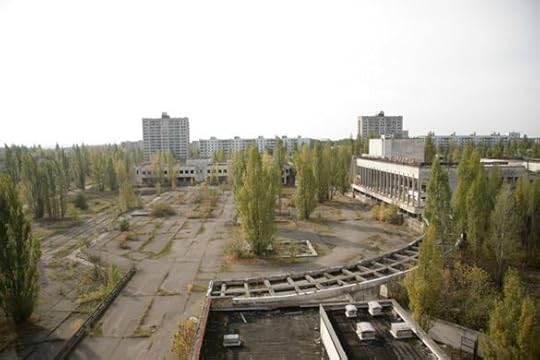 Despite the common info, city was never completely abandoned. Military, police, scientist and other public authorities use the city as base to clean radiation in the newly created zone of alienation. The famous pool was in service until 1996. There is still electricity in some part of Pripyat, and to this day there is functional vehicle base in the city, water supply for the plant, and in former laundry… there are still laundry after 30 years, where uniforms of plants workers are washed. in the same building triangle radiation danger signs are made.
Despite the common info, city was never completely abandoned. Military, police, scientist and other public authorities use the city as base to clean radiation in the newly created zone of alienation. The famous pool was in service until 1996. There is still electricity in some part of Pripyat, and to this day there is functional vehicle base in the city, water supply for the plant, and in former laundry… there are still laundry after 30 years, where uniforms of plants workers are washed. in the same building triangle radiation danger signs are made. 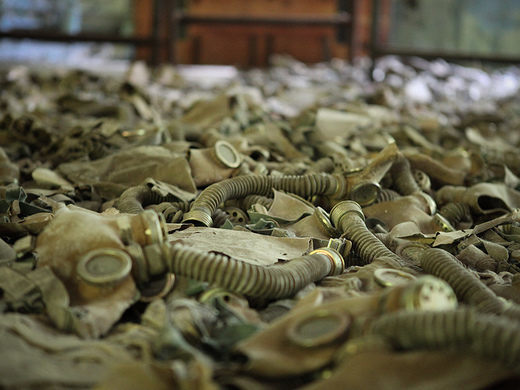
Ironically, the absence of humans has been excellent for wildlife. In 1986 wildlife was not doing well in Chernobyl, outcompeted for resources by pine and dairy farms.After people left the deer and boar populations returned almost immediately, and despite having radiation levels thousands of times higher than normal, they were not showing obvious signs of mutations (though the plants got pretty weird including some actual glowing) and the animal populations grew enormously. After the elk, moose, deer and boar returned so did their predators the wolves and lynx. Today the animal populations more closely resemble that of a national park than a radioactive containment zone. As it turns out, from the animals point of view, a nuclear disaster is preferable to normal human habitation.
To tour Pripyat, Chernobyl, and other surrounding villages, one must first obtain a day pass from the government. These passes can be obtained through the touring companies located in Kyiv, about 110 kilometers from the blast site. There are five well-known tour agencies that take visitors to Pripyat. However, due to the lack of repair, the buildings and other structures in the town are becoming increasingly dilapidated. Because of this, many tour companies will not allow visitors into the buildings.
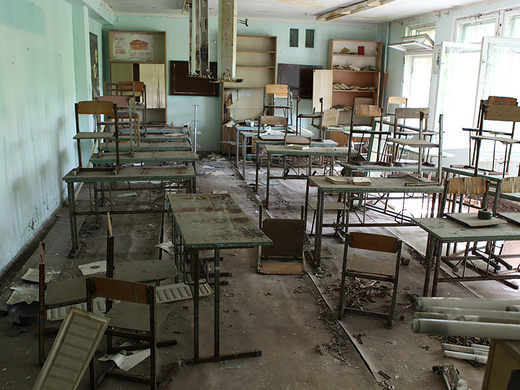
Other than the crumbling buildings, safety is not a major concern. It takes between 300 and 500 roentgens per hour of radiation to deliver a lethal dose. Levels on the tour range from 15 to several hundred micro-roentgens per hour. All tours end with a screening for radiation levels.
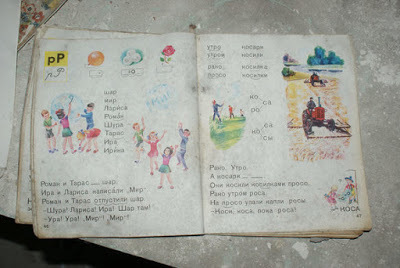
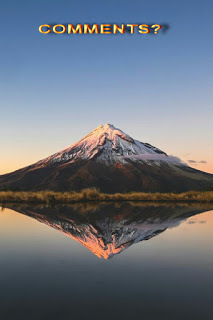 Clancy's comment: Yet, another abandoned place due to human intervention.I'm ...
Clancy's comment: Yet, another abandoned place due to human intervention.I'm ...


Published on March 29, 2019 14:50
March 28, 2019
29 March 2019 - SOME RARE PHOTOGRAPHS
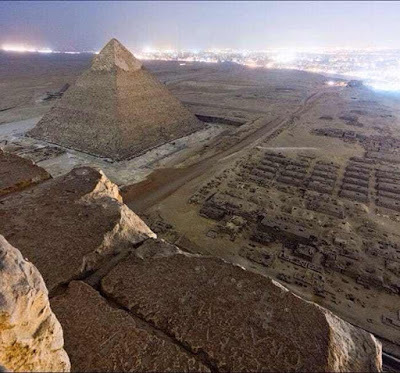
SOME
RARE PHOTOGRAPHS
G'day folks,
Welcome to some rare photographs from around the world.





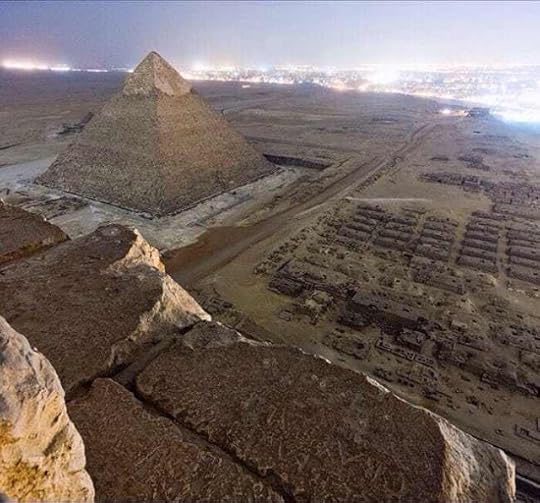





Clancy's comment: Wow, that's one mean-looking grannie.
I'm ...


Published on March 28, 2019 14:37
March 27, 2019
28 March 2019 - RIO CELESTE IN COSTA RICA
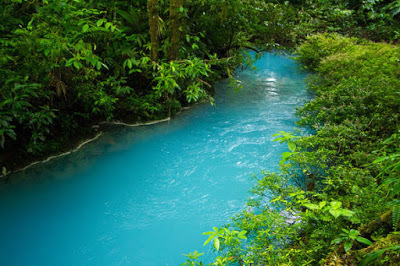
RIO CELESTE IN COSTA RICA
G'day folks,
This neon blue river gets its color from a unique mix of bacteria and volcano minerals.
Nestled in the Costa Rican wilderness, the Rio Celeste is a stunning tropical gem whose iconic blue hue has turned it into a popular nature spot.

Located amidst the forests of the Tenorio Volcano National Park the long river twists and turns through the wilderness maintaining its bright cerulean color all the way. The river gets its coloration from a mixture of sulfur and calcium carbonate which are seeded into the water from the nearby volcano.
Along the river there are multiple hot springs and an impressive waterfall, all the same, seemingly unnatural blue. Pictures of the waters are regularly accused of being photoshopped or invented, but the simple chemistry in the river’s depths is very real, as countless hikers experience each year.
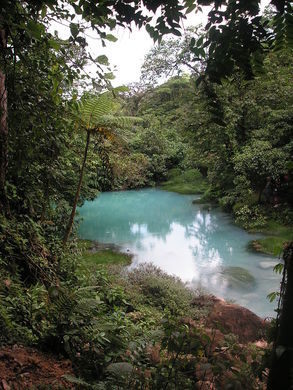
Rio Celeste is located within the Tenorio Volcano National Park. The closest airport is Liberia International Airport. Many of the surrounding guesthouses/hotels have walking paths that lead directly to Rio Celeste (typically 1-2 miles). Some of guesthouse/hotel trails can be closed due to inclement weather, but the park's main entrance is usually reliable. Entrance for non-residents is $12. A 4x4 is STRONGLY recommended for getting to the park entrance, and for Costa Rica in general.
Locals will try and convince you to rent galoshes at the entrance, but you will be fine in sensible shoes.
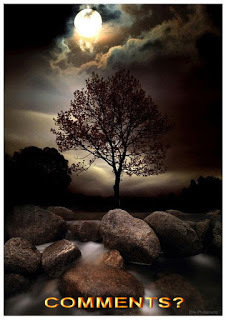
Clancy's comment: Wow. I'd love to see it.
I'm ...


Published on March 27, 2019 13:56
March 26, 2019
27 March 2019 - OLD MONTEREY GAOL
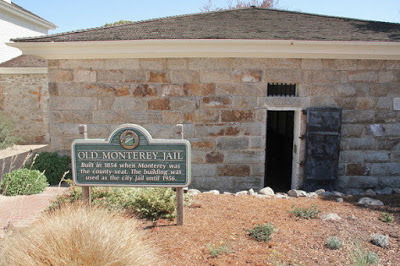
OLD MONTEREY GAOL
G'day folks,
Now, here's a nice looking building with an interesting record. This remarkably simple jail went over a century without an escape.
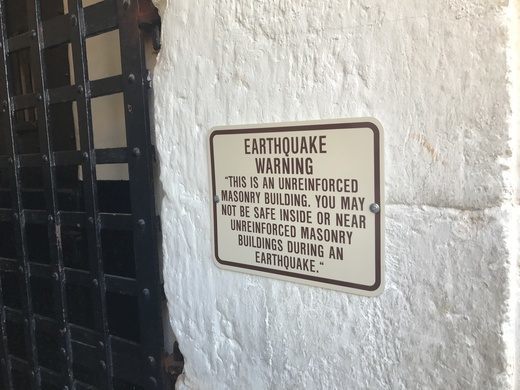
In its 100 years of use, no one ever escaped from the Old Monterey Jail, probably owing to the copious amounts of granite and iron used in its construction.

After California achieved statehood, the town of Monterey was the county seat and as part of its growing pains the town began to see the need for a substantial jail. Accordingly, in 1854 a stout stone building was constructed next door to Colton Hall, which had become the county courthouse. The new jail was built of solid granite, and using the firmest iron work they could produce at the time. So concerned with sturdiness, the builders used almost no wood in the jail’s construction. The cells each had a window, but they were covered with perforated iron plates that provided the bare minimum of light and air to nourish the inmates.
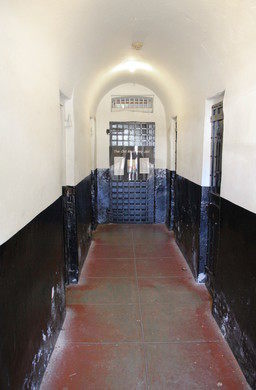
The jail was modernized in 1935 with the addition of a heating and ventilation system and concrete floors. It continued in regular use until 1956, just over a century after its construction. The last entry in the jail log was made on July 31, 1959, and the jail was officially closed. The following year it was opened to the public as part of the Colton Hall museum, the function it continues to serve today. Visitors can now see the conditions the original prisoners endured via recreated scenes in each of the cells.
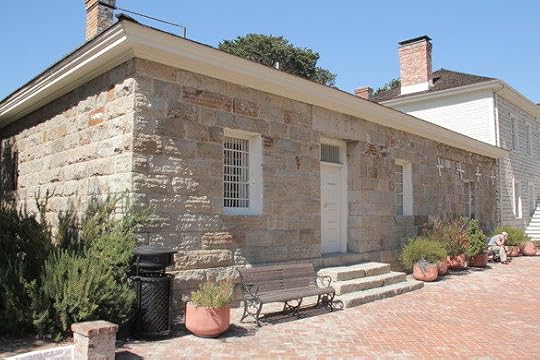
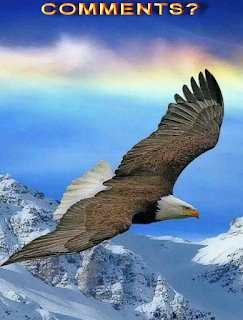
Clancy's comment: They may not have escaped, but did they come out alive? Then again, the food might have been delicious, hence the prisoners had no desire to escape.
I'm ...
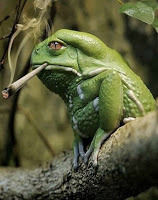
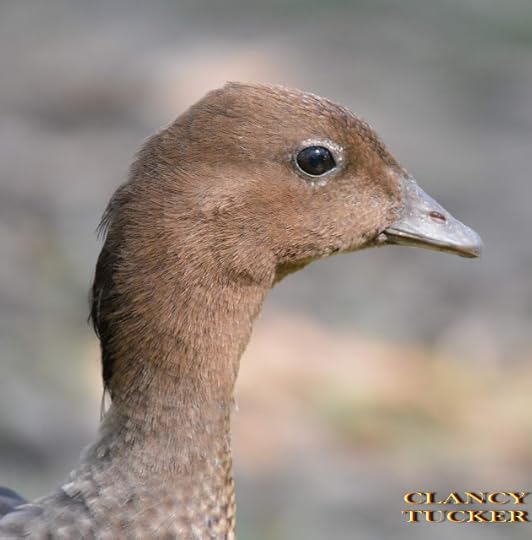
Published on March 26, 2019 14:14
March 25, 2019
26 March 2019 - NACHIKUFU CAVE IN ZAMBIA
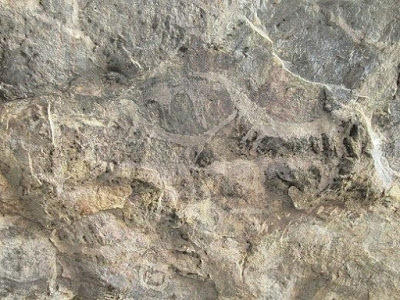
NACHIKUFU CAVE IN ZAMBIA
G'day folks,
Welcome to another interesting find in Zambia. This fascinating cave is packed with prehistoric rock art and Stone Age tools.
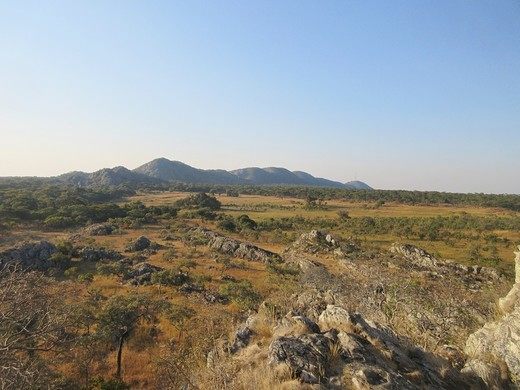
This cave is a must-see for any archaeology enthusiast. Excavations into its floor have revealed a long and detailed history of human habitation, dating to as far back as 15,000 to 20,000 years ago. In the pre-colonial era, the cave was also used by the Bisa and Lala people to hide from the Bemba and Ngoni raids.
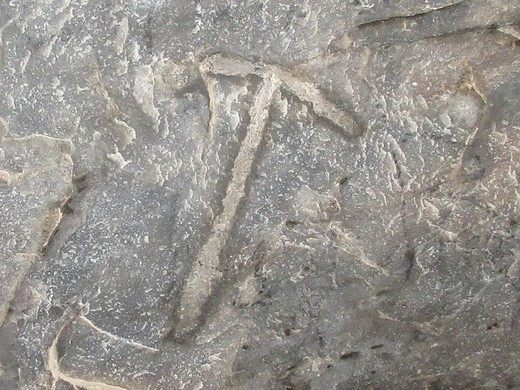
Archaeological digs have discovered evidence of three distinct Stone Age industries, dubbed Nachikufan I, II, and III. It’s the best such stone age sequence in Zambia, and does more than just hint at the area’s human history.
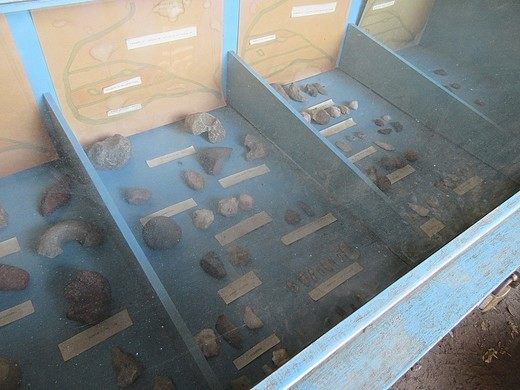
In addition to the archaeological evidence, the cave contains several rock paintings, though many are unfortunately quite faded and difficult to see. There are three different types of paintings, including the only black rock paintings in Zambia. The earliest paintings include red, geometric paintings, and naturalistic paintings of elephants, antelope, and other animals done in a black silhouette. The most recent paintings are done in greasy white paints and depict tools and unidentified animals.
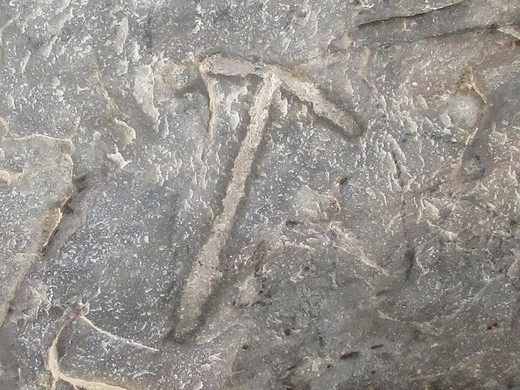
The cave contains several small displays depicting enhanced pictures of the drawings in the cave, along with artifacts excavated in the cave. The displays explain the history of the site’s human habitation and are useful for explaining its archaeological history. In addition, viewpoints outside the cave provide excellent vantage points of the beautiful surrounding landscape.
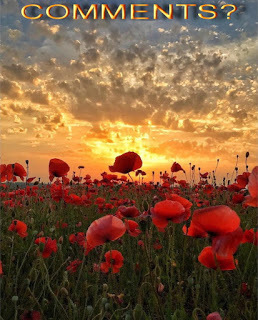
Clancy's comment: I'd love to go back in time and be in this cave when it was inhabited.
I'm ...
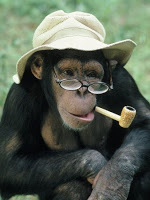

Published on March 25, 2019 14:22
March 24, 2019
25 March 2019 - Lourdes Trammell - Executive Publisher and Chief Editor with Bothsams Publishing

Lourdes Trammell - Executive Publisher and Chief Editor with Bothsams Publishing -
G'day folks,
I am always seeking a variety of people to interview. Here is a writer and publisher, which is exactly what I am.
Welcome, Lourdes ...
1. WHEN AND HOW DID YOU BECOME A PUBLISHER?I began originally as a musician and composer/songwriter with the old BMI songwriter’s guild in the 90s. From there, I became a licensing agent for multi-media content in 2002 (music, video and film licensing and publishing) and eventually realized, with distribution and promotion and editorial services, I could do a lot for the independent writer’s industry as well. I registered my music licensing and publishing previously, so I refiled to include book publishing early in 2018.
2. WHY A PUBLISHER?When I published my first book, I encountered so many difficulties dealing with publishing resources, that I took my licensing agency with ASCAP and converted to full, traditional publishing, but for multi-media content and designed to assist independent artists. Independents cannot get to traditional publishers, most of whom are not authors and don’t understand authors’ needs, so, my company goes to the authors, instead, accepting unsolicited submissions, doing pro bono consulting and contract review, and promoting selected authors/artists whose work we really endorse.
3. WHAT DO YOU ENJOY MOST ABOUT BEING A PUBLISHER?As a publisher, I can do so much more for other artists. Traditional publishers just squat on their catalogues, do not foster artist communities or “scenes,” do not meet contributors face-to-face, and pretend that they know what “quality” is, as if they hold the golden keys. It’s just not true. I’d like to bring the traditional industry out from behind its veil of secrecy so artists can make better decisions and have traditional resources that formerly would be completely inaccessible to them. I saw “the machine” of the music industry just chew up so many good, talented artists. I’d like to provide an alternative for independent authors before all that good work goes down the drain.
4. WHAT IS THE HARDEST THING ABOUT YOUR JOB?I was an industry artist – I had the full backing of guilds, agencies, labels, conductors, etc. Independent artists generally have not had that “grooming” experience, and they’ve been burned. They are very distrustful, and extremely worried about misappropriation – rightfully so. So, the dialogue and outreach we do is often met with extreme scepticism, which is understandable, but from our perspective, is virtually a sign of a history of abuse and neglect, as we call it, on the part of the industry. To us, it’s just a reminder of how awful that machine really was, and still is. Ironically, as a publisher, we face more “rejection” than I ever did as an artist LOL But...the industry gives you patience and a thick skin.

5. WHAT WERE YOU IN A PAST LIFE, BEFORE YOU BECAME A PUBLISHER?Musician, performer, martial arts choreographer, Air Force veteran, scholar, spoken word performer, consultant, film, TV and broadcast producer and licensing agent, educator, writer...finally publisher. And, for several years, an equestrian and athlete (track).
6. HOW MANY BOOKS HAVE YOU PUBLISHED?I have published two, with three in the queue.
7. WHAT ARE YOU READING AT THE MOMENT?Actually, two academic manuscripts about decolonizing education, but I am a big fan of John McWhorter (linguistics).
8. WHAT INSPIRES YOU AS A PUBLISHER?Straight up...original, crafted language in an authentic voice, really thick situations, no contrived, superficial, plug-and-play tropes or characters that are like paper dolls – you could just switch them out or redress them and they’d be essentially the same with different names, etc. I love authentic dialect. And most of all, a surprise ending. I hate warm, fuzzy, safe, typical, snarky, superficial (“trendy”), vapid, or malicious stuff...it’s tripe. I especially enjoy extremely well-researched historical fiction, and biographies, and authors who bother to deliver elegantly produced manuscripts (layout and graphics, font, etc., were all carefully chosen and reflect the author’s intent and perspective, for instance).
9. DO YOU PREFER TO PUBLISH A PARTICULAR GENRE? WHY?No, actually, I will publish and/or promote and endorse what I consider superior, rich, authentic writing, regardless of genre. Also, I have a sense of what’s relevant and “important” in contemporary culture and society, and what’s the “next new thing.”
10. DO YOU HAVE ANY TIPS FOR NEW WRITERS?New writers are very...integrated in their relationship to themselves and their own experiences. You want to try writing about things you actually know nothing about or even vehemently disagree with, to find out what it’s like to walk in someone else’s shoes. Can you characterize and even come to understand – if not forgive – a monster, for instance? With that distance, your craft, and instrumentality, and particular style, will shine through much more strongly, but this is counterintuitive to most new writers. If you’re just putting out your diary with some name changes and a bit of personal indulgence, you’re not really working toward mastering your craft. Also, in our case, please do not worry about sending us a perfect manuscript. We will work to develop it. Do not be afraid to reach out to publishers and publicists to pitch yourselves and your work. Know your worth, and the value of artists in society, and believe that you matter. Do NOT take no for an answer, or let bad reviews or disinterest dissuade you - ever.

11. DO YOU HAVE A FAVOURITE PLACE TO WORK?Kitchen table, way late into the night, with a couple of candles glowing, and I handwrite my drafts...(way too Gothic, I know LOL)
12. WHAT IS YOUR GREATEST JOY IN PUBLISHING A MANUSCRIPT?There are a couple of joy bumps...when you see the finished layout, when your Kirkus review comes back glowing, when your reviewers say, “I’ve never heard a voice like this,” and then when the book finally arrives and you get to sign it for those people who supported you all the way. Seeing it on a shelf in a bookstore...that’s a bit of a mixed bag.
13. WHO IS YOUR FAVOURITE ALL TIME AUTHOR? WHY?Of authors...I will read everything Neil Gaiman puts out. His incredible grasp of literature, his wry and prosaic phrasing, and the beautiful, dangerous worlds he creates...mesmerizing.
14. WHAT’S THE GREATEST COMPLIMENT YOU EVER RECEIVED FROM A CLIENT?“I could not have done this without you.”
15. WHAT WAS THE WORST COMMENT FROM A CLIENT?When a deal for licensing fell through, the client, who was representing his son, said, “You didn’t tell the world how important he is...” He just didn’t understand that there’s always another, and usually a better, deal when the first one dries up and blows away.
16. DO SOME OF YOUR CLIENTS FRUSTRATE YOU?Always...they’re frustrated, and anxious, anyway, so, eventually, it wafts over through the phone and email, but it’s expected.
17. WRITERS ARE SOMETIMES INFLUENCED BY THINGS THAT HAPPEN IN THEIR OWN LIVES. ARE YOU AS A PUBLISHER?Certainly. I am indigenous (Acadian-Cree: Quebec) and I also work with human rights practitioners in heavy conflict areas, globally. Some of the stories that come to us are so incredibly painful...it gets to you.
18. OTHER THAN PUBLISHING, WHAT ELSE DO YOU LOVE?Music.
19. DO YOU ALSO WRITE?Of course...and I teach creative writing, linguistics and poetry, as well as scriptwriting, speechwriting, and documentary production.
20. ARE SOME MANUSCRIPTS DIFFICULT TO REVIEW? WHY?Of course...you can see that the author, thinking they need to appeal to what they think a publisher wants, had sabotaged the manuscript with unnecessary alterations...especially, when they dilute the impact or clean up language unnecessarily...I understand it, but, we have to go back in the editorial phase and say, basically, “Look, Mozart, put the ballet back in.”
21. DESCRIBE YOUR PERFECT DAY.Ah...strolling, stopping in to see friends, getting a good sing-along going...no phones or devices dinging anywhere, no one in a rush, no particular place to be.
22. WHAT ARE YOUR PLANS FOR THE FUTURE?Launching our new series, a translation project with two NGOs in Ghana, two festivals, exhibitor’s tours, and securing a cable media channel.

23. DO YOU HAVE MUCH TO DO WITH OTHER PUBLISHERS?I do have contact with a few, but they are, as I said, notoriously secretive and proprietary...almost “stuck up.”
24. HOW DO YOU SEE PUBLISHING IN GENERAL? POSITIVE?Well, if you don’t distribute your work (“publishing”), how is it going to get into the hands of readers? Even uploading it to social media channels is publishing.
25. WHAT’S YOUR VIEW ON E-BOOKS VERSUS TRADITIONAL BOOKS?E-books give more options, are easier to produce, easier to share and use for promotional ops, and fantastic for ease of access by reviewers. Many print books cannot contain graphics, due to cost, but ebooks can be little mini art galleries. Audio books, as well, are fantastic as e-format material.
26. IS THERE ANY ONE THING THAT ‘SMACKS YOU IN THE FACE’ AFTER READING A MANUSCRIPT, OR IS IT A COLLECTION OF THINGS?Glaring tropes...instantly recognizable and a massive “no,” for me. A good manuscript starts with an incredible situation, crafted language, and atypical characters and reactions/plot twists. The emotional or intellectual impact is full, something you have to process, right from the get-go. When you’re afraid to turn the page but can’t put the book down – yep. That’s a bestseller.

WEBSITE
WEBSITE
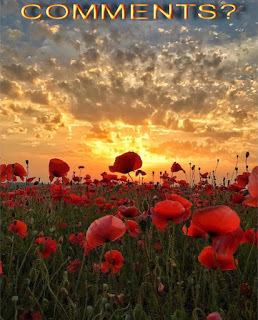
Clancy's comment: Thank you, Lourdes. Very interesting indeed, and I enjoyed your easy writing style.
I'm ...

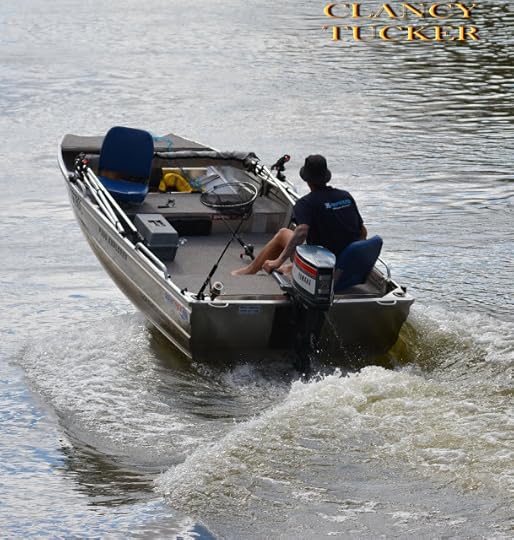
Published on March 24, 2019 13:54
March 23, 2019
24 March 2019 - Strange Rock Garden at Duqm, Oman
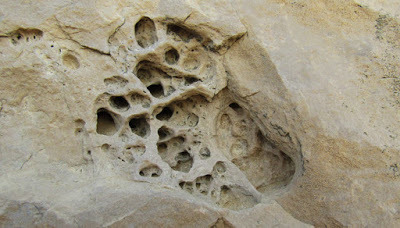
StrangeRock Garden at Duqm, OmanG'day folks, I'm always interested in odd things. This is one of them.
A section of this desert has an array of unusual sandstone and limestone formations.

Whichever way you approach this place, you’re likely to have traveled through hundreds of kilometers of rocky desert. It is, therefore, somewhat surprising to find 3 square km of desert fenced off and signposted “Rock Garden.” If you leave behind any preconceived ideas of what a garden may look like, and focus instead on the rock part of the name, you’ll be better prepared for the site.

At first sight, there is little (if any) difference between the fenced off and the surrounding area. Yet, once you start wandering around, you’ll find a curious array of sandstone and limestone formations. Water, wind and millions of years combined managed to create this bizarre landscape.

Almost perfectly spherical stones sit next to rocks resembling animals, thrones, human body parts, and whatever else your imagination can conjure up. Some large rocks stand balanced on smaller ones, while others sit at improbable angles.

It may not be the most jaw-dropping site you’ll ever see, but it does provide the chance to marvel at the beauty of rocks. There is something hypnotic about contemplating the way time has made some rocks smooth, and others jagged, some flaky and others scaly, and so on. If you take time to notice these little variations, the Rock Garden has a striking variety of rock surfaces, shapes, and colors.

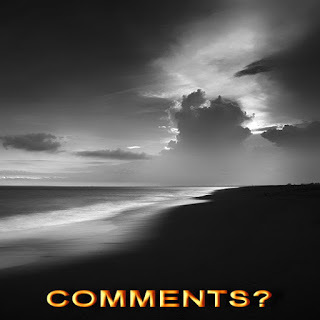
Clancy's comment: Mm ... It looks like a former playground. That whopping big bone is extraordinary.
I'm ...


Published on March 23, 2019 14:06
March 22, 2019
23 March 2019 - DOGS HAVE BEEN HELPING US HUNT FOR 12,000 YEARS
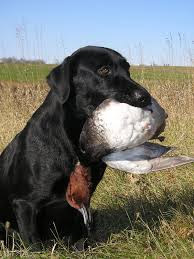
DOGS HAVE BEEN HELPING US HUNT FOR 12,000 YEARS
G'day folks,
New findings in Jordan indicate that they’ve been assisting us for nearly 12,000 years.IN THE NEAR EAST, HUMANS may have domesticated dogs as many as 14,000 years ago, during the Epipaleolithic period. It was the beginning of a beautiful friendship, but it came at great cost to small prey including hare, according to a new study in the Journal of Anthropological Archaeology .
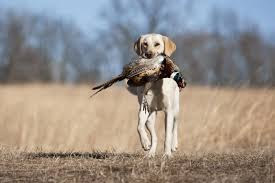
The study, by archaeologists from the University of Copenhagen and University College London, looks at animal bones found in a Neolithic settlement known as Shubayqa 6, established 11,500 years ago, in the Black Desert of northeast Jordan. The bones suggest that the site’s residents were using their dogs to help them hunt, a finding that can help clarify the murky origins of dog domestication. It hasn’t been clear, the researchers write in a release, whether that process was deliberate or accidental, but this new evidence of canine-assisted hunting implies that these Stone Age humans were highly dependent indeed on their dogs.At Shubayqa 6, the evidence for a hunting partnership between humans and dogs, who would’ve been more similar to wolves at this point than the domesticated canines we know today, is written in the bones themselves. The remains bear “unmistakable signs of having passed through the digestive tract of another animal,” said lead author Lisa Yeomans in the release, and some are larger than anything even the most determined humans could shove down their gullets.

At the same time, the researchers also found that the remains of small prey—mostly hare, but also some fox—began to appear much more frequently around the time that dogs arrived at Shubayqa 6. The two developments seem linked, as it’s possible that the dogs helped the hunters refine their methods. Before using dogs, the hunters may have relied more heavily on imprecise methods like netting—less effective than setting packs of hungry canines onto a hare’s bushy tail. The researchers also established that people occupied Shubayqa 6 year round, meaning that the dogs wouldn’t have simply been prowling around on their own, and further supporting the theory that humans were intentionally using these dogs to hunt.
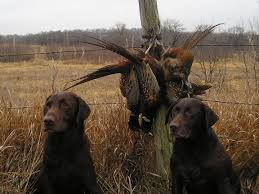
Number 6 isn’t the only part of the Shubayqa area in northeast Jordan to bear significant evidence of our developing knack for harvesting food. In July 2018, researchers published their analysis of the oldest bread ever found, at a site known as Shubayqa 1. The crumbs predate the advent of agriculture. Just as the hare remains can change our understanding of the history of canine domestication, the bread offers new insight into the domestication of cereal grains.
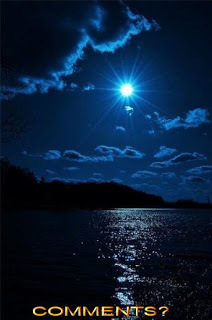
Clancy's comment: There ya go. Man's best friend, eh?I'm ...

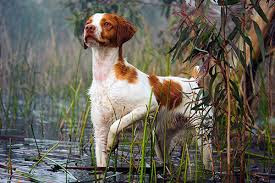
Published on March 22, 2019 13:25



